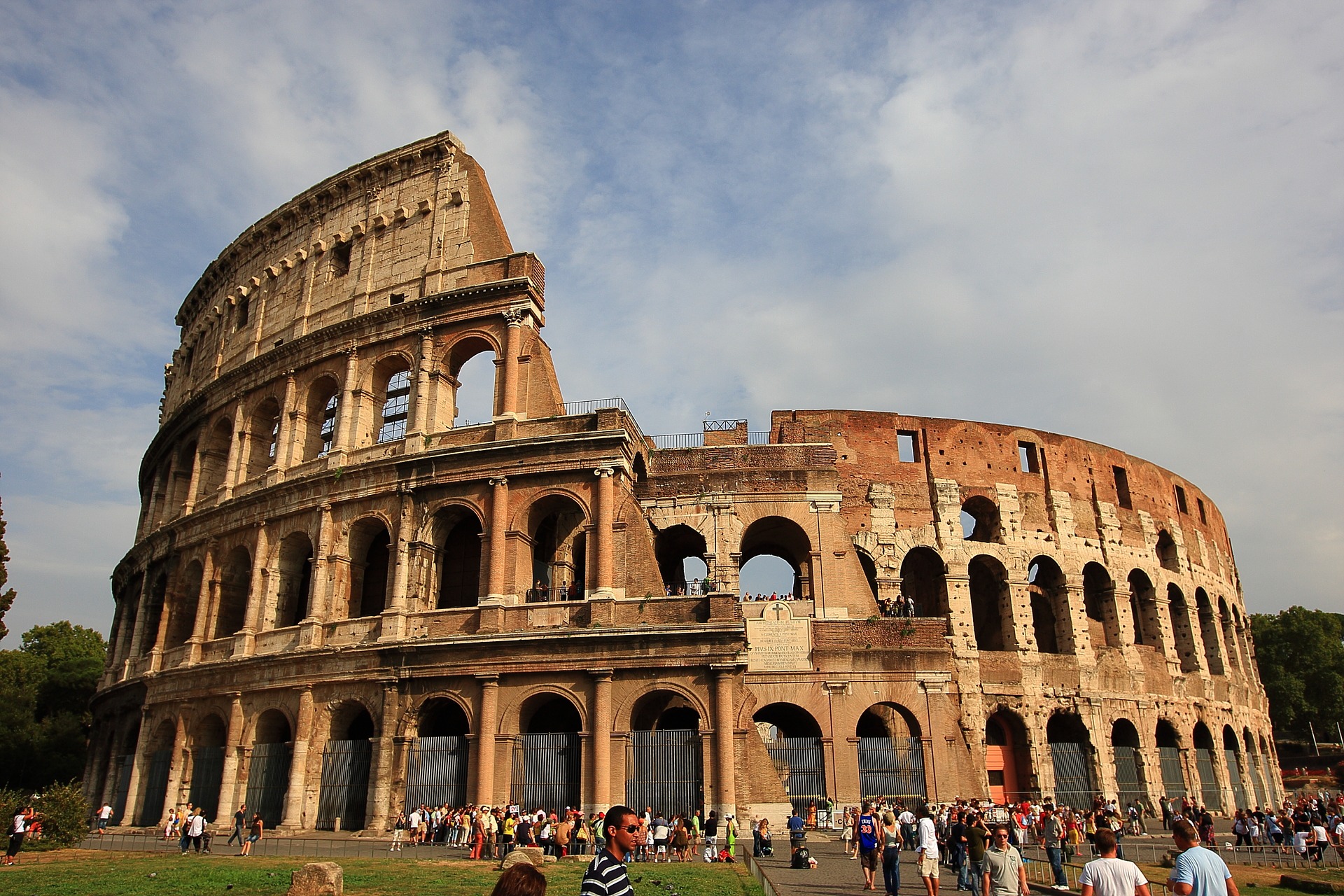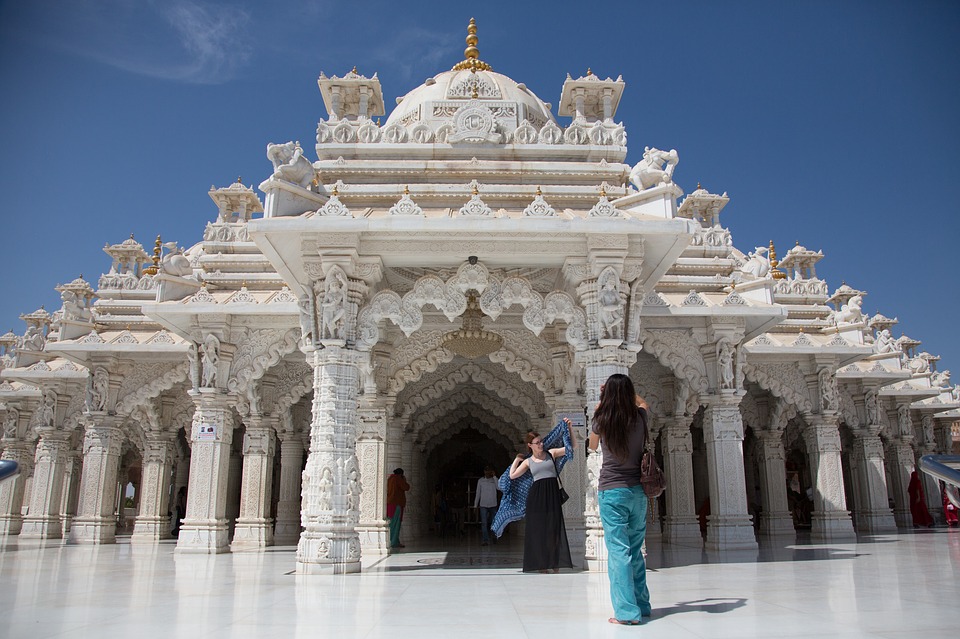A little over a century ago, people across the globe enjoyed clear views of the night sky filled with hundreds of stars, comets, planets, and, on some special occasions, a stunning band of the Milky Way.
But today, 1/3rd of humanity, including 80% of Americans, cannot see any part of the Milky Way. It is not surprising, considering most of us depend heavily on manmade lights in the darkness of the night. And before we could even realize what could happen, light pollution successfully blotted the view!
Naturally, it has become a sort of necessity to travel miles away from home just for the sake of a beautiful view of the vast night sky – something that our ancestors took for granted during their lifetimes.
Fortunately, so many people are now aware of light pollution and its long-term impact.
In fact, this consciousness and the absence of a beautiful starry night led to the birth of Astrotourism, the fastest-growing travel trend of the year, considering so many places are trying hard to preserve the beauty of their night skies.
So, Astrotourism features travel that takes people to remote destinations in search of clear views of the cosmos. Thanks to DarkSky International’s efforts towards building awareness and giving DarkSky designations for different spots, there’s still some hope for the future.
What Is Urban Astrotourism?
However, astrotourism does not just include remote destinations. You will also come across urban travel opportunities that offer astronomical adventures.
In fact, Los Angeles’ Griffith Observatory offers a fantastic experience to visitors in an area that has been intensely impacted by light pollution. Moreover, NYC’s Hayden Planetarium also offers a similar experience.
Additionally, DarkSky International has a category called Urban Dark Sky Places. So, if you are planning to experience astrotourism in a big city, then definitely look for science centers. You can also look for planetariums and observatories. You can also consider visiting a Dark Sky Community for a homely experience under a stunning night sky.
Moreover, filling up your annual travel calendar with astronomy festivals, astrotourism talks, dark sky festivals, astronomy on tap, and other interesting activities and events is easy.
You can also consider just looking up the local astronomy association when you are traveling to check whether there are any Star Parties or other astronomy events being hosted in the area.
Astrotourism’s Economic Impact:

Astrotourism is slated to create an economic boom in different areas. These areas are known for catering to people searching for a unique night sky experience.
In fact, the Colorado Plateau expects tourists to spend a whopping 5.8 billion dollars (about $18 per person in the US) in the next decade. Moreover, as per this region’s economic predictions, astrotourism will end up generating 2.4 billion dollars (about $7 per person in the US) in higher wages, creating around 10,000 jobs every year.
To make matters simple, let’s look at 2017’s total solar eclipse.
Hundreds of people flew, drove, and traveled to the American states to witness this event – renting rooms, buying gas, eating at restaurants, and purchasing souvenirs. While it is not easy to calculate the complete impact of this event, it lasted for only about 3 minutes. But we can give you some ideas:
Nebraska earned 127 million dollars.
South Carolina earned 269 million dollars.
Wyoming earned 63.5 million dollars.
2024 Will Be Huge for Astrotourism: Here’s Why!
First things first – 2024 will be huge for Astrotourism.
As per research, 50 million people (about twice the population of Texas) witnessed the total solar eclipse on 8th April, with around 652 million people witnessing a partial eclipse. Naturally, this made one thing clear – that people are traveling to check out some of the best celestial events of the year.
After all, it is possible that 2024 will bring the best auroras in the last 2 decades, and that too in some regions that usually do not witness the northern lights, such as Virginia, Arkansas, and Arizona.
According to Alex Filippenko, a professor and an astrophysicist at the University of California, Berkeley (as told to National Geography), the sun is close to reaching a maximum in its nearly 11-year-round activity cycle.
It is expected the sun will reach its peak in the next year. As a result, the strength of both southern and northern lights is strong this year.
In the coming months, there’s so much to witness – this is truly the year for astrotourism.

In August, the annual Perseid meteor shower will return, scattering up to almost 60 shooting stars every hour. Then, on 17th September, Saturn will start converging with the moon, only to do it again on 14th and 15th October 11th November, and 8th December.
| Astronomical Event | Timing |
| Annual Perseid Meteor Shower | August |
| Saturn’s Convergence with the Moon | 17th September 14th & 15th October 11th November 8th December. |
You will be able to see this beautiful spectacle right after sunset. But it is possible that binoculars can make the giant yellow planet, and the silvery lunar glow appear more impressive than reality.
1. Astrotourism is Adding Sustainability to Travel:
In more than one way, travel is about pursuing meaningful experiences, with travelers increasingly prioritizing environmental sustainability. As a result, more and more travelers are starting to slow down, focusing more on spending quality time at fewer spots.
Astrotourism is not just attractive to most travelers; it’s also lucrative for any local community. For instance, as per sources, the United Kingdom’s first International Dark Sky Park, Galloway Forest Park, generated approximately 500K pounds in the first ten years after obtaining certification. Similarly, Antofagasta in the Atacama Desert of Chile has emerged as one of the world’s most popular celestial destinations, witnessing a 327% growth in tourism due to dark sky tourism.
2. Dark Sky Tourism is Contributing to Community-Building:
One community-led, successful dark sky Astro stay is in Ladakh (India). You will see how female homestay owners in such high and remote communities in the Himalayas offer astronomy training and telescopes so that visitors can gaze at stars on clear nights along with their products and other crafts on sale.
Moreover, from 2023 onwards, such communities have added a traditional dinner experience and an immersive stargazing experience with monks at centuries-old monasteries.
Such community-focused ventures successfully connect travelers to the night sky while creating new livelihoods for building rural communities with relatively little infrastructure and up-front investments.
Samyukta Manikumar, cofounder of DarkSky Kenya and an astrotourism expert, says there is plenty of potential for dark sky tourism to make a difference for local communities, especially in countries like Kenya. This is because Kenya is home to multiple unelectrified spots and plenty of wildlife conservancies. (as told to Citizen Femme).
Additionally, dark sky tourism depends on overnight stays. Also, it cuts down pressure on peak season since it motivates visitors to take advantage of the wintry, long nights.
3. Dark Sky Tourism is Contributing to Starry Innovations:
The best part about astrotourism is it contributes to starry innovations, motivating people to have immersive experiences and fall in love with the night sky. Dark sky tourism offers so many diverse experiences in different countries with their own culture and community.
There’s so much to do, so much to see, and so much to explore – star bathing in Botswana’s salt pans, night treks in Nepal, sky viewing in an old observatory on Iran’s Silk Road, or a walking tour exploring the different historical sites from Venus’ 1882 transit in Mexico’s Guadalajara.
Moreover, you will also come across stargazing experiences in deserts that offer an experience with the exotic Arabian astronomical heritage.
Did you know that The Red Sea aspires to create the largest International Dark Sky in the world?
Getting Acquainted with Astrotourism? Here’s How to Go About it!
If you are the kind of person who loves to check out the different constellations glowing in the night sky – Taurus, Orion, Big Dipper (Ursa Major) – or maybe someone who loves waking up when it is dark on vacation just to watch the sunrise, then astrotourism is definitely something that you will naturally gravitate towards.
While stargazing isn’t really a new travel concept that has suddenly emerged out of the blue, there is no denying that people are only starting to appreciate astrotourism. You just have to look upwards, immerse yourself in some star-filled experiences, and simply appreciate the night sky in a different way.
And there’s so much to explore – so much to check out, considering 2024 is going to be about astrotourism and the immersive experience it offers.
If you have never gone on a stargazing trip and are wondering how to get acquainted with astrotourism, then here are some ideas.

1. Go to a Dark Sky Park:
You can definitely start with a visit to Dark Sky Park. There are more than 60 International Dark Sky Parks across the globe, including parks in the United States, South Korea, Israel, Netherlands, Japan, Hungary, England, Ireland, Spain, and Germany.
2. Participate in Night Sky Programs Hosted by National Parks:
Have you heard about the National Park Service? Known for hosting night festivals, astronomy talks, and stargazing parties in different national parks of the United States, National Park Services can help you go on a beautiful full moonwalk accompanied by a ranger at the Big Bend National Park.
Similarly, these services can also help you camp under the night sky at the Joshua Tree National Park or just learn about NASA’s space telescopes at the Arches National Park.
3. Stand on a Paddle Board Under the Moonlight:
We love doing this one – and trust us, you will love it no less! You can chase the beautiful night sky while floating around in a paddle boat in California, Florida, or Colorado. In these regions, nightglow paddling sessions are common.
If you are a fan of paddle boarding, you must check out Red Paddle Co.’s versatile compact board. It’s a fantastic inflatable board that you can easily pack inside a backpack. Moreover, it comes with a high-powered pump, fins, and a five-piece paddle.
4. Go on a Cruise on the Viking Orion:
Did you know that Viking Ocean Cruises has recently launched Viking Orion? It’s a new ship that comes with a striking planetarium on board. Yes! From what we hear, the planetarium makes passengers aware of space travel and its history. Also, it offers an in-depth look into Aurora Borealis’ journey to space.
Moreover, the planetarium also houses a telescope in its Explorer’s Dome. In addition, the planetarium has a resident astronomer who hosts comprehensive star-gazing gatherings and sessions on astrotourism and current celestial events.
Astrotourism on a Global Stage: Worldwide Locations to Check Out!
While the Indian astrotourism market is topping the popularity charts in 2024, the world is big (in case you forgot). Moreover, as true fans of the cosmos, we are in complete awe of India’s night sky. But that doesn’t mean we will forget about the rest of the world.
So, without wasting much time, here’s an exclusive list of the world’s best destinations for an astronomical adventure.
1. Dubrovnik, Croatia:

Nestled on the beautiful Adriatic coast, Dubrovnik’s Hotel Excelsior enjoys an ideal position for anyone planning to witness the beautiful cosmos in all its glory.
Since Dubrovnik is located far away from major urban areas and their light pollution, the dark and clear evenings are ideal for stargazing.
Just imagine this – you are lying under the pristine night sky of the Adriatic coast. Twinkling stars, planets, and a few meteors light up the sky. This UNESCO World Heritage site is beautiful and the first on our list for its natural beauty, warm people, and immersive experience.
2. Riviera Maya, Mexico:
Mexico is truly a traveler’s paradise – it’s beautiful, and if you haven’t been there, it’s time you did! You can embark on an astro journey at the Grand Velas Riviera Maya.
This all-inclusive, ultra-luxury resort offers a unique experience. Yep, we are talking about the opportunity to do stargazing like the Mayans did so many years ago.
Not only that but the experience is accompanied by an expert from the Astronomical Society of Quintana Roo.
Set amidst a massive 206 acres of mangroves and jungles on the Yucatán Peninsula, this spot is not just one of the best ways to explore the rich Mayan heritage of Mexico but also a celestial haven. Plus, the Chichen Itza, Coba, and Tulum are within easy distance and reach.
3. Norway:

Of course, you have heard about Norway! It is so easy to embark on a beautiful, celestial adventure right under the stunning Northern Lights while exploring the northern part of the country, including Alta, Kirkenes, and Tromsø – all prime spots for witnessing the natural spectacle.
The best part about planning a trip to Norway is that there are people who can plan it for you. Up Norway is one such name – and they don’t just offer traditional astrotourism.
Instead, they offer tailed trips that include snowmobiling, whale watching, arctic surfing, dog sledding, and crossing the Arctic Circle. Moreover, all these activities are slated to only to make your experience with the Northern Lights so much better.
4. Los Cabos, Mexico:
For fans of stargazing, Los Cabos, located on the Baja Peninsula, offers an immersive celestial experience. This unspoiled beach location is NASA-recognized as one of the best 20 locations for conducting night-sky research.
This beach offers unobstructed views of planets, stars, and constellations. Here, you will come across restaurants that offer dinner under the stars. That does sound like a unique dining experience under a captivating night sky.
Moreover, you can go on a sunset cruise spanning three hours on the gorgeous Sea of Cortez. And that too on the resort’s Azimut yacht. After the cruise, diners can choose to go back to the Grand Velas Los Cabos for a memorable gourmet experience. Premium wines and signature cocktails further enhance this experience.
5. Colorado:

Famous for its picturesque landscapes, Colorado is an ideal destination for exploring the beauty of the night sky. Stargazing enthusiasts will have a great time visiting Mesa Verde National Park in the state’s southwest corner.
Interestingly, Mesa Verde National Park is the 100th certified International Dark Sky Park, making it perfect for pristine views. Moreover, the beauty of the night sky is enhanced by the park’s natural beauty and ancient cliff dwellings.
To make matters more interesting, you can opt to travel with the HomeExchange Collection. It’s a welcoming community for wanderers who love to meet, socialize, and exchange their beautiful, luxury homes.
And not just Colorado, this membership offers access to more than 4,000 luxury properties across 70 countries. They take care of making you feel at home just about anywhere in the world.













